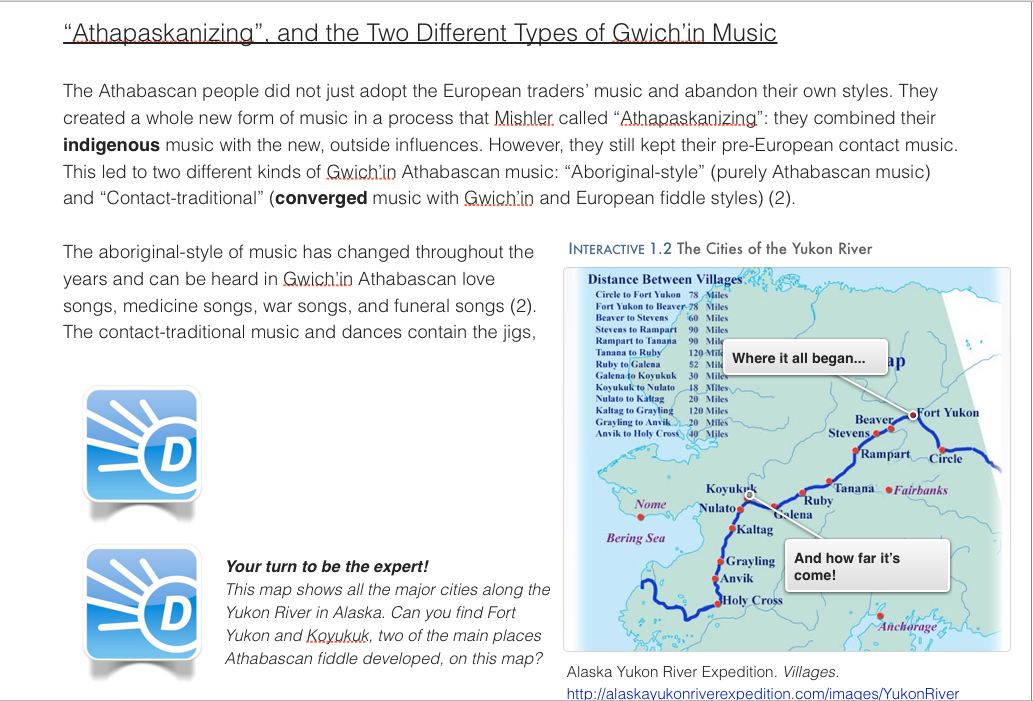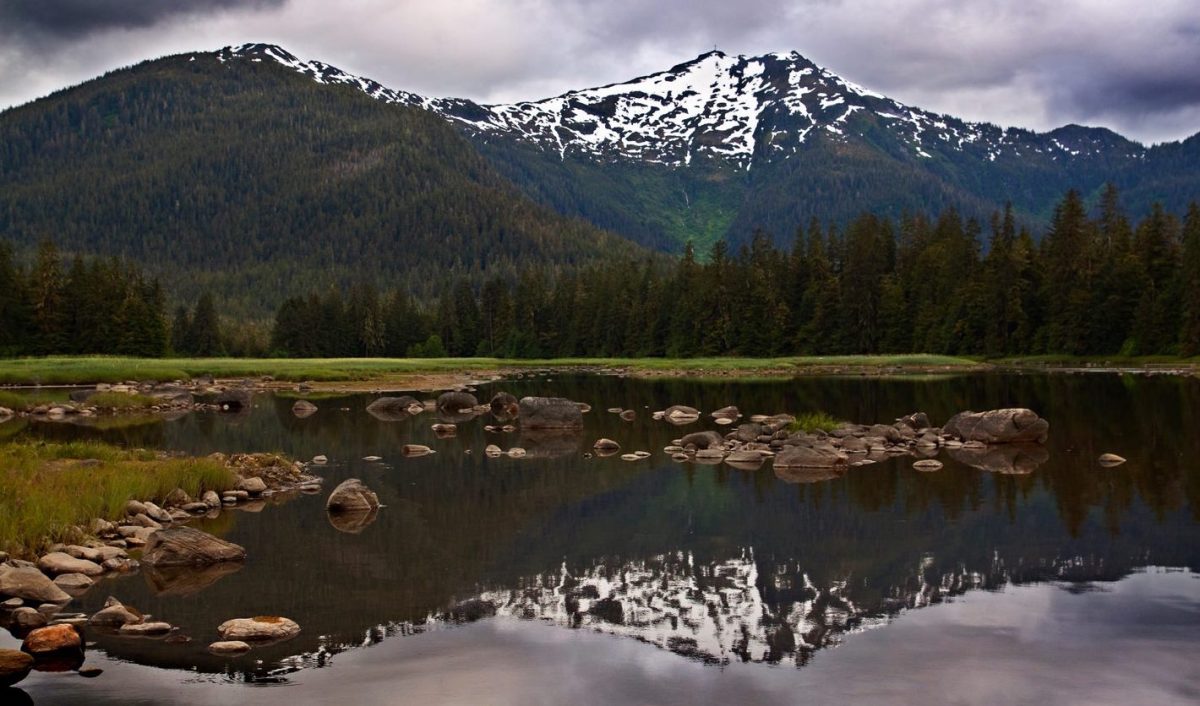Climate Refugees – Lesson Plan
The above PDF links to a teacher-friendly copy of my lesson plan. A more student-friendly, interactive version is featured in the iBook.
The curriculum standard most strongly addressed in this lesson is Standard E: A culturally-responsive curriculum situates local knowledge and actions in a global context. A curriculum that meets this standard:
- encourages students to consider the inter-relationship between their local circumstances and the global community;
- conveys to students that every culture and community contributes to, at the same time that it receives from the global knowledge base; and
- prepares students to “think globally, act locally.”
This lesson introduces students to the idea of climate change through a local context by focusing in on the community of Kivalina, Alaska. It then expands the concept by introducing climate-threatened communities in Louisiana, Fiji, Greenland, and Solomon Islands.
Groups of students will focus in on these individual communities and discuss the local problems and potential solutions. For instance, Alaskan communities have worked to locate land for relocation and then attempted to source government funding for the move, which has been incredibly difficult to find. Louisiana’s Isle de Jean Charles has become the first U.S. community to receive such funding for climate-related reasons. Smaller island nations have purchased land in other countries and attempted to find international funding.
When groups bring the communities they’ve focused on to a class-wide discussion, it will create a conversation that has a global focus but uses local perspectives. The different approaches taken by these communities bring up an essential question: since climate change is a global problem with unequal local implications, who is responsible for finding a solution? Is it a global responsibility? Is it the responsibility of countries who are most responsible for emissions? This is a fascinating discussion that should bring out many different opinions. I think it meets all three of Cultural Standard E’s requirements.


